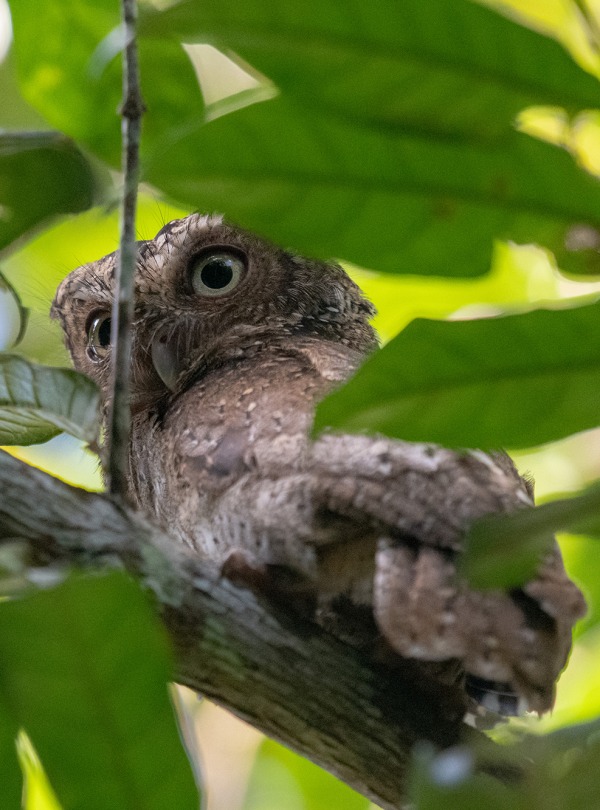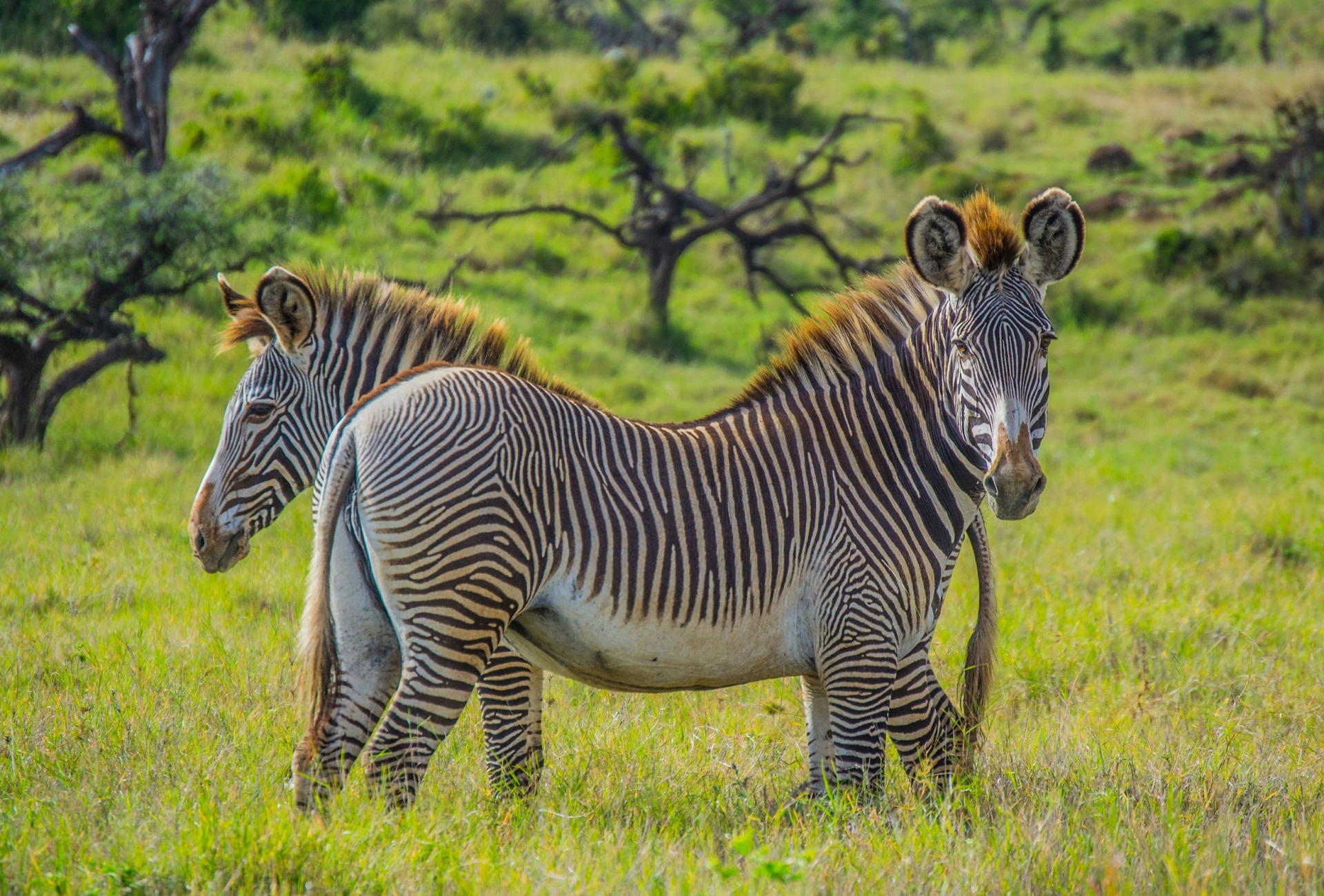
Securing a Critical Wildlife Corridor in Kenya’s Northern Rangelands
Support More Work Like ThisSupport More Work Like ThisBetween Marsabit National Park in Northern Kenya and Meru National Park in Central Kenya lies a historic migration route critical to the country’s emblematic and threatened species.
-
Species at Risk
Black Rhinoceros (CR), African Wild Dog (EN), Grevy’s Zebra (EN), Beisa Oryx (EN)
-
Carbon stored
7,124,000 mT*
*(metric tons of CO2 equivalents) -
Partner
Northern Rangelands Trust
-
4,426,964 Proposed Acres Conserved by
Designation
-
Project Cost: $1,855,829

4,426,964
Between Marsabit National Park in Northern Kenya and Meru National Park in Central Kenya lies a historic migration route critical to the country’s emblematic and threatened species.
-
Species at Risk
Black Rhinoceros (CR), African Wild Dog (EN), Grevy’s Zebra (EN), Beisa Oryx (EN)
-
Carbon stored
7,124,000 mT*
*(metric tons of CO2 equivalents) -
Partner
Northern Rangelands Trust
-
4,426,964 Proposed Acres Conserved by
Designation
-
Project Cost: £1,344,803

4,426,964
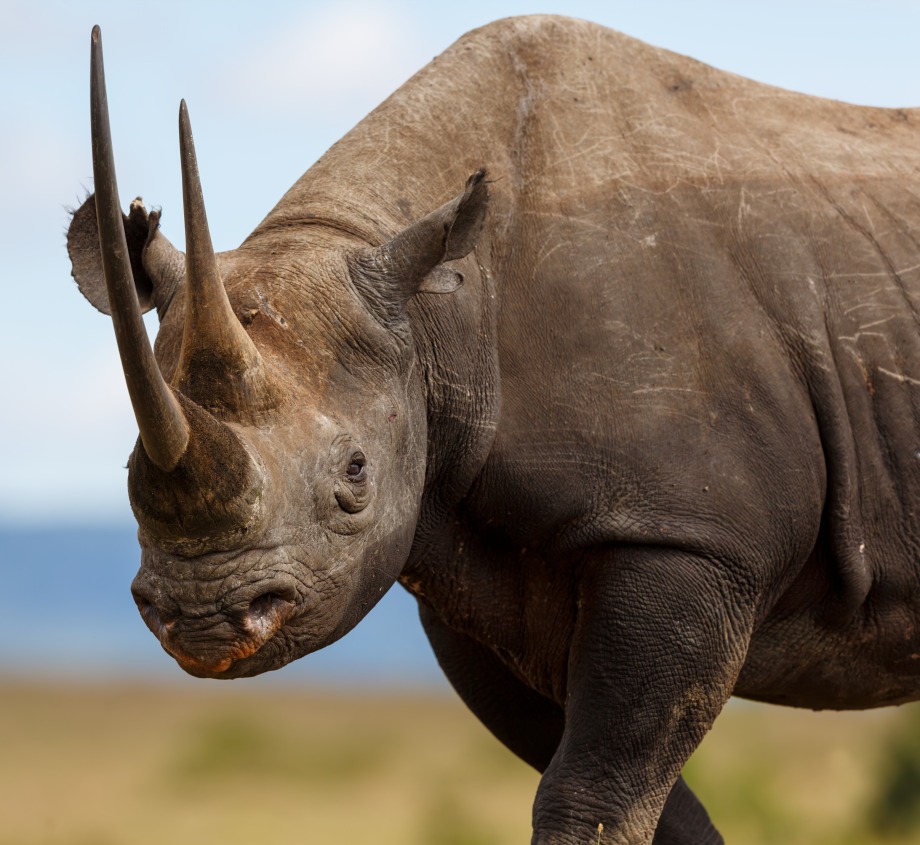
Project Update
Rainforest Trust and our partner, Northern Rangelands Trust, are happy to announce the protection of over 4.4 million acres. This is 138% of the originally planned 3.2 million acres. The conservancies will operate in collaboration with local communities, provide economic opportunities, reduce human-wildlife conflict and ensure sustainable habitat management.
Between Marsabit National Park in Northern Kenya and Meru National Park in Central Kenya lies a historic migration route critical to the country’s emblematic and threatened species.
Endangered African Wild Dogs, Grevy’s Zebra and Beisa Oryx all use the corridor, as do Vulnerable African Elephants and Lions. But this swath of savanna and shrubland is under increasing pressure from unsustainable resource use. As a result, habitat fragmentation and human-wildlife conflict threaten to disrupt the movement of key species across the landscape.
Community conservancies promote human-wildlife coexistence and are creating an expanding mosaic of protected areas across northern Kenya. Rainforest Trust and local partner Northern Rangelands Trust seek $1,855,829 to establish four new community conservancies to secure the connection between Marsabit National Park and Meru National Park. Comprising a total of 3.2 million acres, the conservancies will operate in collaboration with local communities, provide economic opportunities, reduce human-wildlife conflict and ensure sustainable habitat management.
Explore Kenya
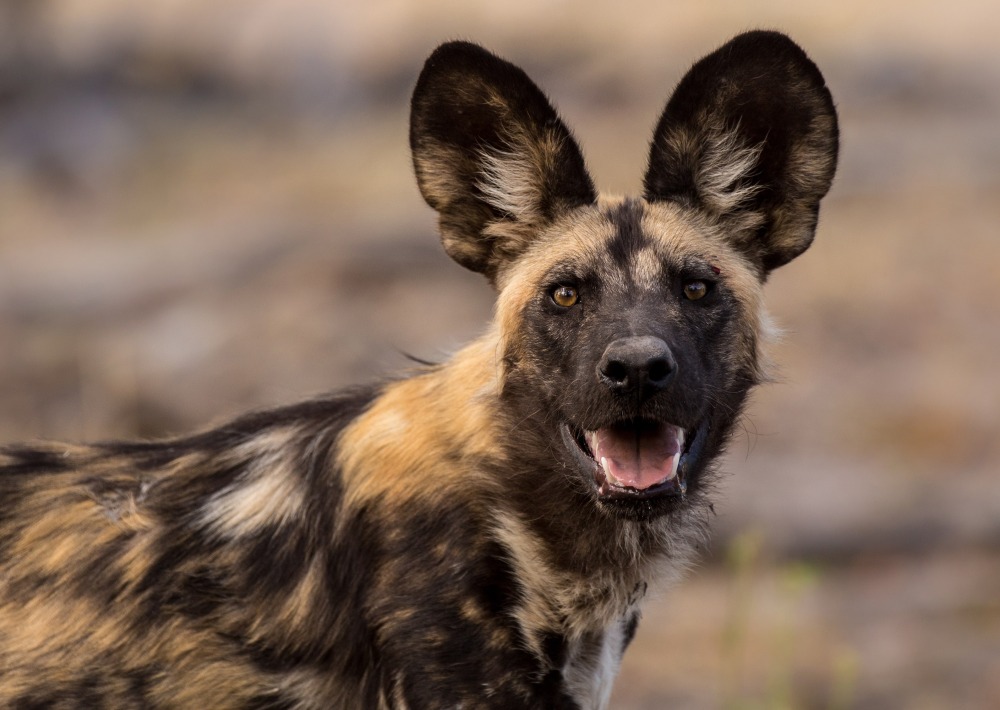
The Endangered African Wild Dog, by William Steel

Black Rhino, Lewa Wildlife Conservancy, Kenya/Amir-Hoda
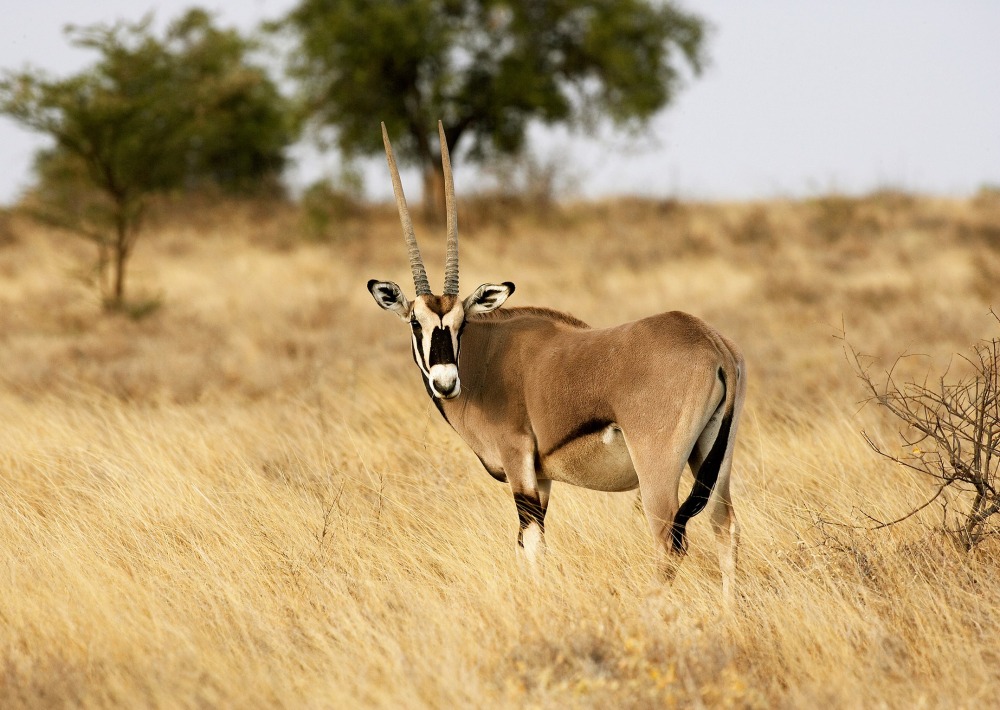
The Beisa Oryx (EN), by slowmotiongli
Biodiversity
Shrubland and savanna make up most of the rangelands of northern Kenya and provide habitat for iconic, threatened herbivores like African Elephants, Black Rhinoceros, Grevy’s Zebra and Beisa Oryx.
Predators in the Marsabit-Meru Corridor include African Wild Dogs, Lions, Cheetahs and Leopards, all of which the International Union for Conservation of Nature lists as threatened worldwide. These species rely on vast ranges, which often causes conflict between humans and wildlife where those ranges intersect with communities. But Kenya’s wild habitats are already shrinking due to encroachment from human development, leaving migratory routes fragmented and making it harder for these species to move around the landscape. So as the region’s communities continue to grow, involving them in conservation and environmental stewardship becomes even more important.
Challenges
The most significant threats to wildlife are habitat loss, degradation and fragmentation, wildlife poaching and conflict over resources shared by both humans and wildlife.
These issues have led to significant declines in wildlife populations over the past 50 years. But unsustainable grazing and agriculture continue to expand, leaving little suitable habitat for wildlife outside of formally protected areas. This reality puts wildlife in close proximity to human settlements, causing more conflict where farmland and wildlife corridors meet. In the future, these threats are only expected to increase due to changing lifestyles in local communities, continued poaching and growing pressure on already scarce resources.
Communities
The communities living in the proposed conservancies are mainly pastoralists, with approximately 20,000 people moving throughout the Marsabit Meru corridor seasonally.
As conservancies expand across the region, communities continue to request assistance from Northern Rangelands Trust to manage their land under this model. These conservancies are entirely community-owned and managed by locally elected boards. Conservancies bridge the gap between conservation and community needs, promoting sustainable resource use and environmental stewardship. All community members are involved in conservancy management, regardless of gender, age or ethnicity, which helps ensure that these benefits have equitable distribution.
Solutions
Rainforest Trust and Northern Rangelands Trust (NRT) seek $1,855,829 to create four new community conservancies in strategic locations between two national parks, adding 3.2 million acres to Kenya’s protected area network.
The Marsabit-Meru Corridor is a critical wildlife dispersal area and its stability can help ensure long-term species survival in this increasingly fragmented landscape. This project will involve collaboration between local communities, the Kenya Wildlife Service and county governments to demarcate, register and set up governance structures for each conservancy. Communities will take ownership of the conservancies through democratic elections for Conservancy Boards who will oversee management. To ensure effective management, the partner will provide training in leadership, management planning, sustainable resource use and patrolling. Anticipated benefits to communities include new employment opportunities as conservancy rangers, improved health and education services through training and mentorship programs and management of sustainable resources, including water. Alternative economic opportunities will include training for women to engage in a beading business, a model which has shown success in other conservancies. Training will be provided to women to take responsibility for finances while women, men and youth will all receive conflict resolution training.
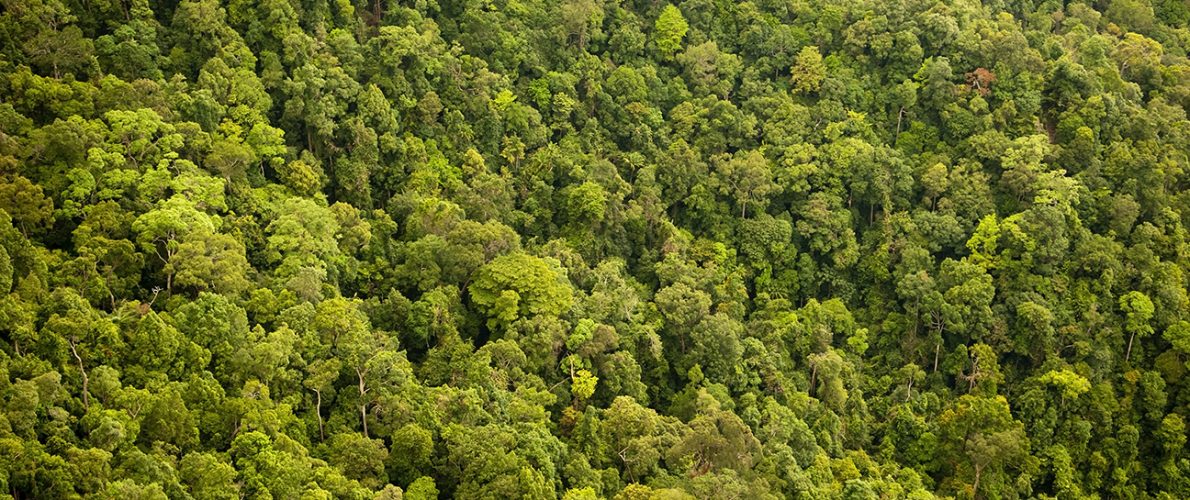
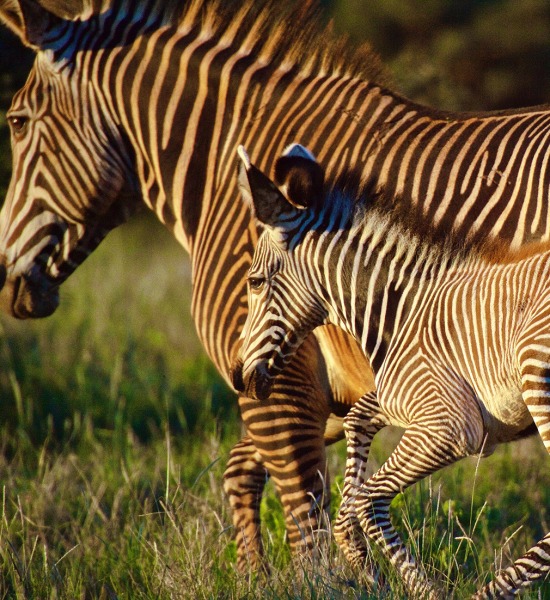
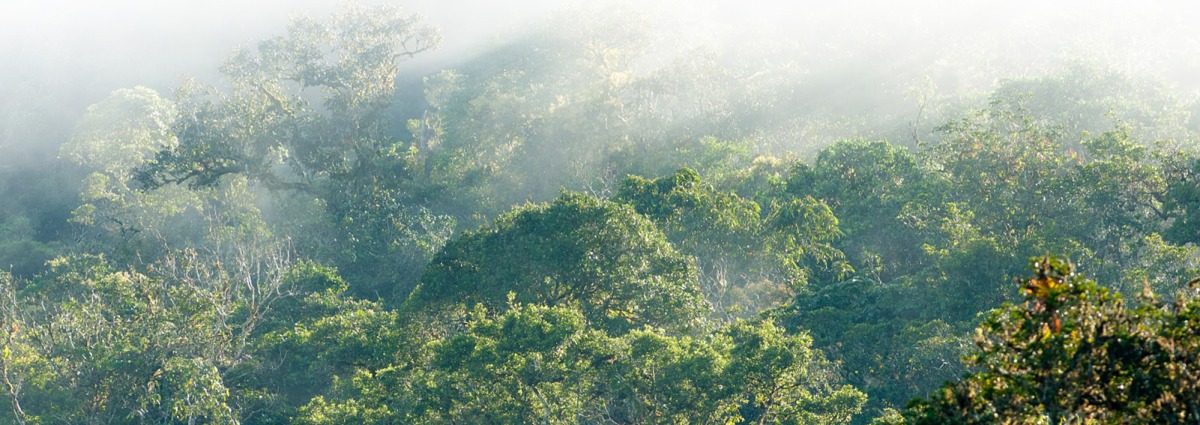
Partnering to Save Rainforest
Our partners’ ability to work with their governments and build strong connections with local communities ensures the successful implementation of our projects.
Learn More About This PartnerLearn More About This Partner
